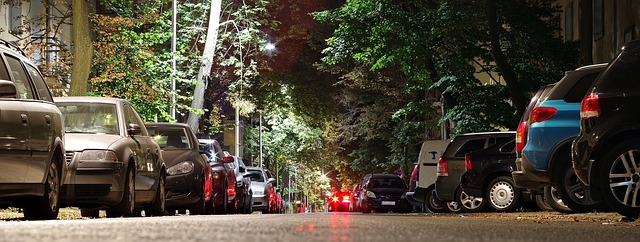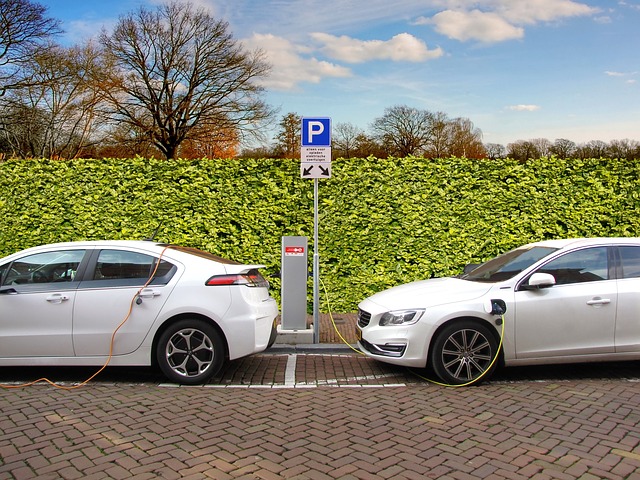If there is no place to park, you have to drive back and forth to find an available space, wasting a lot of time and energy. A system that alerts the car when a parking space is available would solve this situation to some extent.
This topic was discussed, for example, at the Smart City Expo conference in Letnyany, Prague. On average, drivers in the Czech Republic drive about 7,000 km each year, which corresponds to about 20 km per day. It is a very sad fact that a quarter of this distance is spent looking for a suitable place to park. The main focus of the conference was on saving fuel and reducing emissions in cities, especially in the search for unnecessary parking spaces. On average, drivers drive four kilometers to find a parking space. Not to mention those with limited mobility and difficulty parking too far from their destination.
Smart City Expo
The Smart City Expo is the so-called. Prague presented several independent companies\’ projects on smart parkingtechnology. One of the first Prague city councils to try to solve the unfavorable parking situation is the Prague 3 district. The project itself is to install a system of sensors and sensors that will scan parking spaces in this Prague district and assess the parking available terrain, size, and of course the exact GPS location. Some of the devices will be able to reserve parking spaces after connecting with the driver of the car. The first pilot project is being prepared at Havlíčkův Square in Prague 3.
Siemens Smart Parking
Several companies are involved in smart parking, for example, Siemens of Germany is developing sensors for this technology. Siemens AG of Germany, for example, has developed sensors for this technology Siemens Smart Parking. [Radar sensingis another interesting solution, with lower resolution than networks of sensors, but unlike sensors, it does not have to deal with legal regulations for data protection. Radar systems are currently being tested in Berlin and elsewhere, and have the advantage that they can be installed on streetlights and building facades and can be used even in bad weather.
